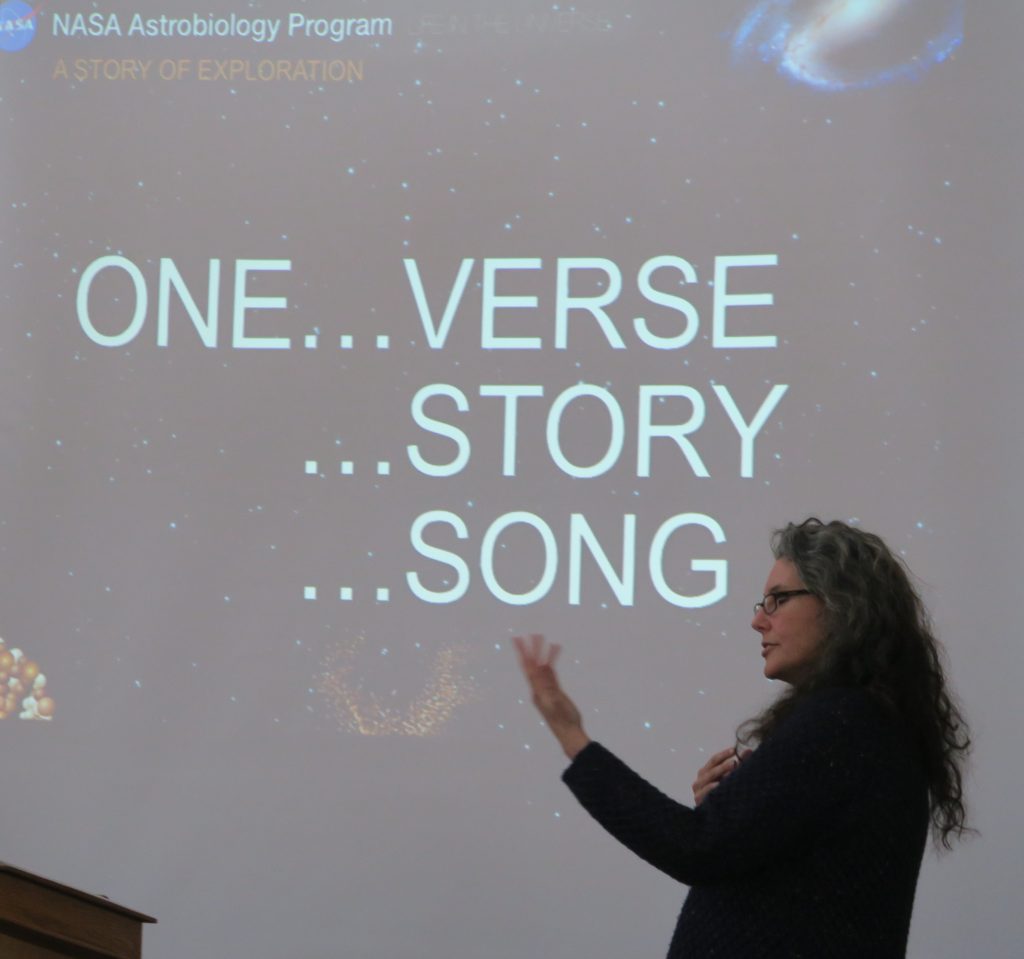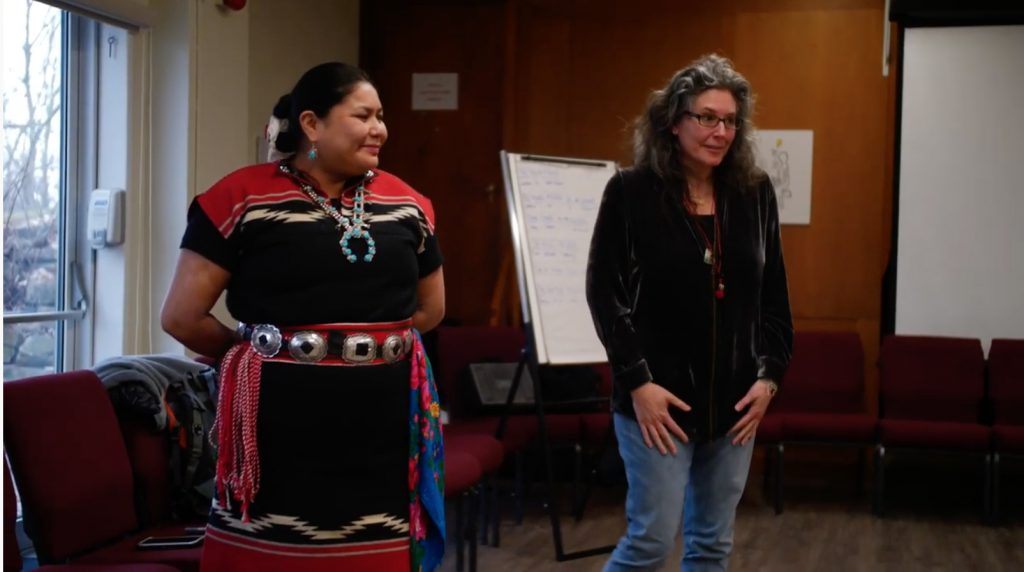BMSIS Scientist Feature: An Interview with Daniella Scalice
It’s a stormy summer afternoon as I sit down to a virtual chat with Ms. Daniella Scalice. On her side of the screen the room looks warm and inviting. There is natural sunlight spilling onto the bookshelves behind her. She takes sips of tea from a large glass in-between my questions.
As the Education and Communications Lead for the NASA Astrobiology Program, enthusiastic engagement comes naturally to Daniella. She also brings passion to our discussion. It should be no surprise what she answered when I asked her what she would have alternatively pursued professionally.
“Dancing!” she exclaims, not skipping a beat.
Daniella studied molecular, cell, and developmental biology at UC Santa Cruz for her undergrad. After working for several years in the Department of Cell Biology at Harvard Medical School, she became deeply inspired by the beauty of the cellular world. She decided to get a Master of Arts degree in film production at Humboldt State University.
“I began studying art, which I never thought I would do,” she reflects. “It was just this whole world of visualization and beauty… It became primary for me to see (science) as art.”
After finishing her Masters, she went on to intern for NASA Astrobiology Institute as a video and multimedia web producer. That evolved into the positions she holds today.

in Utah in March 2019
Yet, Scalice is sure to acknowledge where the ability lies to make such drastic scholastic jumps.
“I want to take a moment to recognize that a life that unfolds organically is without question a privilege.” she notes. “That is afforded to people like me because of my upbringing and my skin color. I don’t want there to be any illusions that that’s normal.”
Expression and authenticity is at the heart of Daniella’s work. In 2005, she began to cultivate relationships with the Navajo Nation. Their goal was to create programming to elevate Native star knowledge for youth within these communities.
“We prioritize what we call culturally based dual learning,” she says, “Our learners are able to look at Western ideas through an Indigenous lens, which serves to empower and strengthen their cultural identity and demystifies science and Western ways of thinking.”
She continues, “Our way of doing that is very specific… it centers, originates, prioritizes, and privileges if you will, Indigenous knowledge. And that comes first. We teach that first.”
To achieve this goal, a deep relationship was fostered over great lengths of time to make a team including tribal Elders, Medicine Men, scientists, and educators who are the leaders of these educational workshops. These connections are crucial and honored, for the benefit of the program participants.
“That world, that understanding, that knowledge about their culture is their starting point,” she explains. “From which they then will look at, examine, and come to learn about Western scientific knowledge.’’
When speaking on the different disciplines of modern science, Daniella believes that Western science is finally catching up to many things that were known long ago by Native peoples.
“Physics, math, engineering? Indigenous people were doing those things!” she exclaims. “They were absolutely mathematicians, they were absolutely engineers. They were scientists. They were technologists. These labels such as ‘scientists’ or ‘engineers’ that would come from Western culture have been historically used to oppress and marginalize people.”
As our conversation begins to wrap up, it is clear that creating a space for everyone in Earth and space science is a top priority for both Daniella and the NASA Astrobiology Program. Her love of her work has benefited countless learners and the vision of the mission is clear.
“What we do is come together to bring Indigenous cosmology with Western scientific cosmology, with respect to astrobiology and origins, with programs for Native kids to see the two in the same spaces,” she states. “There’s no need for competition between the two.’’

This camp brought together students and elders of First Nations in Ontario with scientists and educators to share their knowledge together.
Here, Daniella can be seen sharing knowledge along with Dana Maureen Desiderio (left) of the Navajo Technical University.
Sarah Treadwell is a student and communicator of science. She has a passion for sidewalk astronomy and a curiosity for learning how the universe works. She is currently a research associate communicating topics in Earth and space science for the Blue Marble Space Institute of Science.
